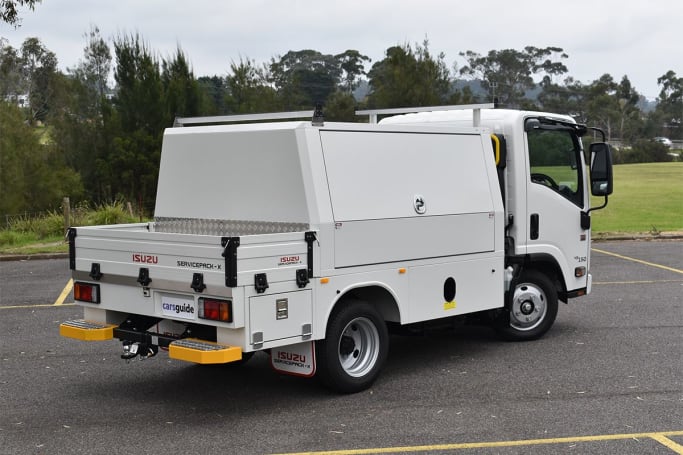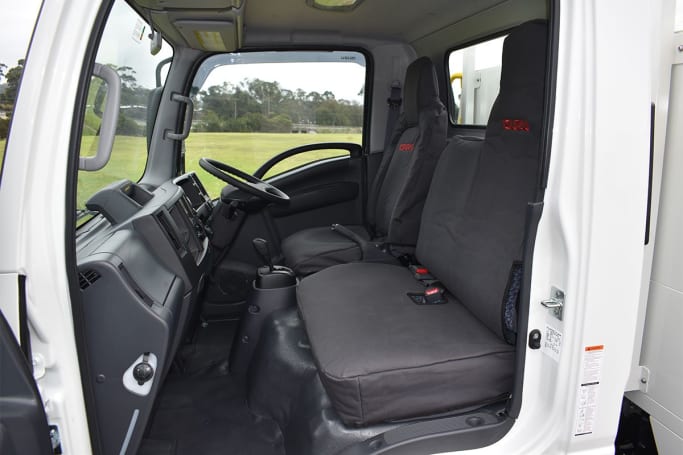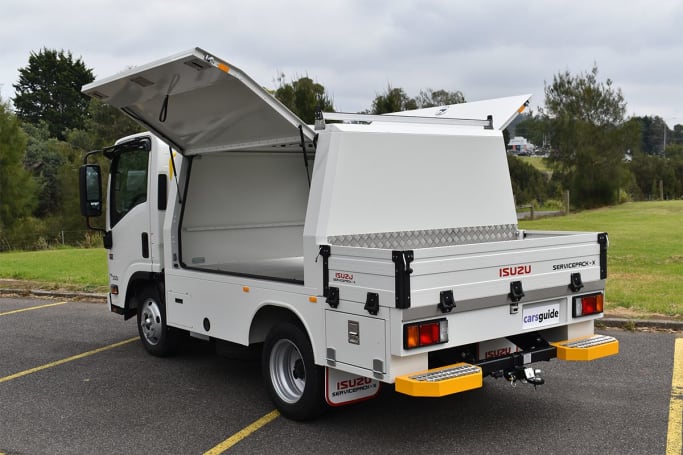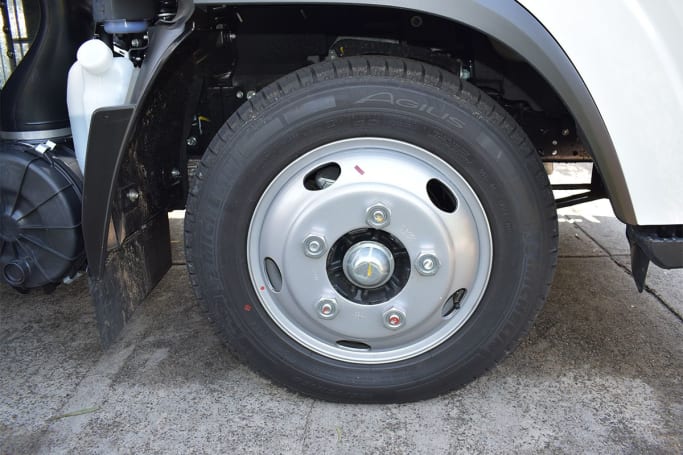
Iconic US car brand doubles down on Australia: 2026 Cadillac Optiq and Vistiq electric SUVs coming to rival BMW iX3 and Volvo EX90
Cadillac likes its chances in the Australian market. Before commencing...
Browse over 9,000 car reviews

They might be the hottest-selling new vehicles in the country, but many ute owners are making the wrong choice, according to Australia’s best-selling truck brand.
Sales manager for Isuzu Australia, Les Spaltman, says that too often, a dual-cab ute purchase can leave owners with a vehicle that is unsuitable for the task as well as sometimes leading to overloading, and the legal and insurance hassles that go with that.
Although marketing suggests that a dual-cab ute is the right solution, sometimes it’s actually the wrong vehicle for the job, said Mr Spaltman.
“That’s where our Ute-to-Truck campaign is doing very well,” he said, “and it’s getting operators into a vehicle that is far more suitable for bigger jobs.
“It all comes down to payload, turning circle and towing capacity.
“If you take a dual-cab ute and hook a big, heavy trailer on to it, you soon start getting close to the GCM (Gross Combination Mass; the total allowable mass of the vehicle, trailer and everything in it). And if you exceed that, you’ve then got legal and safety problems.
“Some people have been sacrificing load area and payload to drive a dual-cab ute.
“That’s one area where our N-Series trucks represent a better solution for some operators.”

The comparison is an interesting one: The country’s best-selling ute, the Toyota HiLux, boasts stats of a 3500kg towing capacity and a GCM of 5850kg.
Which means that if you hitch up the maximum allowable towed load of 3500kg to the 2110kg SR 4X4 dual-cab version you’re suddenly at a GCM of 5610kg, leaving just 240kg of payload that has to include passengers, fuel and Big M.
And that’s before you put anything in the ute tray.
Exceed that magic GCM number and you’re suddenly illegal and potentially uninsured.
Compare those numbers with the Isuzu NLR 45-150 Traypack which is a short-wheelbase alloy-tray cab-chassis vehicle with a kerb mass of 2290kg which also features 3500kg of towing capacity but has a GCM of 8000kg.
In that comparison, the Isuzu can be hitched to its full towed limit and still have a theoretical payload of 2210kg remaining for passengers, tools and gear.
Buyers need to look at the fundamentals of design, said Mr Spaltman.

“The difference between the two is that a ute is designed to carry one tonne from A to B every now and then, but the truck is designed to carry 80 per cent of its legal payload 100 per cent of the time,” he said.
But Mr Spaltman told CarsGuide that there are plenty of other reasons for choosing a truck over a dual-cab ute.
“The turning circle on our smaller trucks is phenomenal compared with just about anything else,” he said.
The short-wheelbase N-Series Isuzu features a tiny 8.7m turning circle, compared with a typical turning circle of between 11 and 12 metres for most dual-cab utes.
That means greater manoeuvrability in tight city lanes and crowded jobsites.
But it also means that driving a light-truck is not necessarily as confronting as it might be.
In fact, the high seating position and option of two-pedal operation makes the light truck as user-friendly as it’s ever been.

The other area in which a light truck is less of an imposition than it may have been is that it needs only a normal car license to operate it.
Anything with a GVM not exceeding 4.5 tonnes can be driven on a car license, broadening the appeal and potential market even further.
Modern light trucks including the NLR also feature much better safety packages than ever before, as well as four-wheel-disc brakes, rack-and-pinion steering and optional independent front suspension.
Then there’s the all-important (in this market sector) question of value for money.
While the $63,190 before on-road costs Isuzu asks for its NLR 45-150 with factory alloy tray isn’t as cheap as some more basic utes, many dual-cab ute buyers discover they’re paying a lot more than that figure once the options are added and the vehicle is specced up to an acceptable level.
Truck warranties, too, tend to be good these days, too, with Isuzu offering a six-year/250,000km warranty on the N-Series.
On the downside, there’s no question that a light truck offers less flexibility once it’s off duty.
It can’t deliver the weekend off-road potential of a dual-cab 4X4 ute, and neither is it as user-friendly on a day-to-day basis.

It needs a fair bit of real estate to be parked and it lacks the dual-cab ute’s fashionista status.
But if it keeps hard-working tradies and fleet drivers within the legal limits of towing and payload, then it’s definitely worth a look for some operators.
Mr Spaltman reckons that’s been the experience up to now, too.
“We’ve done very well with the Ute-to-Truck program since we kicked it off in 2016,” he said.
But what does Isuzu’s ute business think of the truck band attempting to muscle in on its turf?
Mr Spaltman is happy to look at the big picture: “Isuzu Ute probably benefits more from our (Isuzu Trucks’) reputation and market share than we cost them in D-Max ute sales.”
Comments